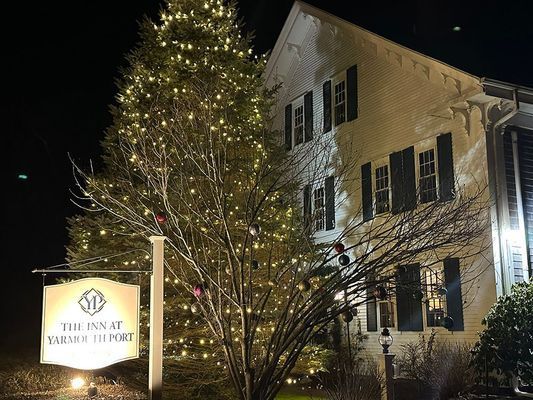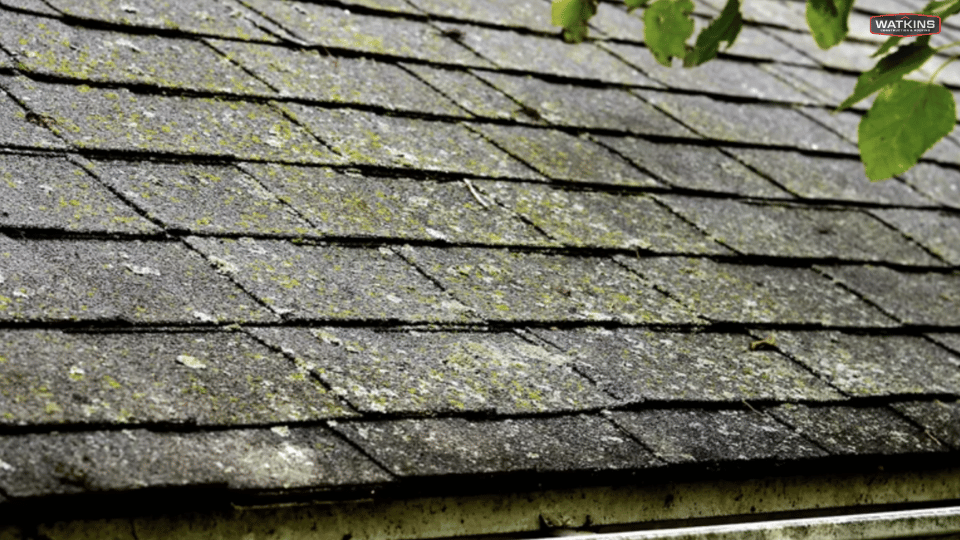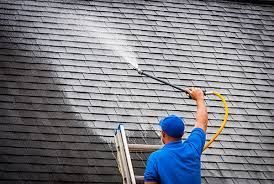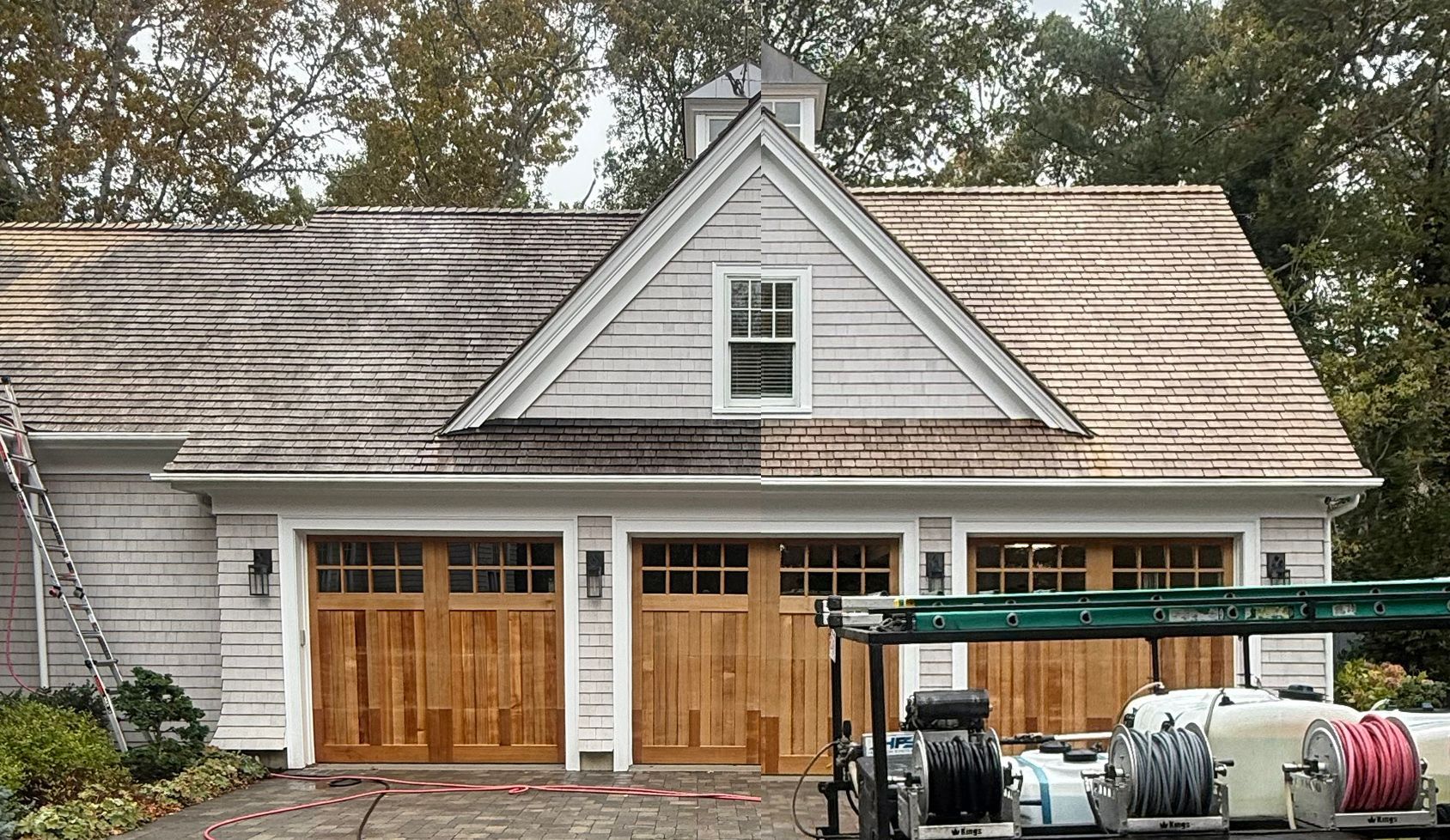October 21, 2025
7 DIY Holiday lighting Problems

The 7 Most Common Problems with DIY Christmas Light Installation (and How to Avoid Them)
There’s nothing like the glow of Christmas lights on a Cape Cod evening. But if you’ve ever tried installing them yourself, you know it’s not always as simple as grabbing a ladder and a few strands of bulbs.
Every year, we see homeowners run into the same headaches — some minor, some dangerous — when attempting DIY Christmas light installation. In this article, we’ll cover the 7 most common problems with DIY holiday lighting and how to avoid them, so your season can stay merry and bright.
⸻
1. Climbing Ladders in Winter Weather
Cape Cod winters aren’t kind to ladder work. Add icy driveways, strong winds, and uneven ground, and you’ve got a recipe for slips and falls.
Why it’s a problem: Thousands of people end up in the ER every year from holiday decorating accidents — ladders being the #1 culprit.
How to avoid it:
• Always have someone steadying the ladder.
• Never climb when it’s icy or windy.
• Consider hiring a pro if your roofline is steep or tall.
⸻
2. Using Cheap, Store-Bought Lights
Big-box holiday lights may look appealing in the aisle, but many are designed for one or two seasons at best.
Why it’s a problem:
• Frequent bulb burnouts.
• Strands that tangle easily.
• Weak wiring that frays in cold Cape Cod weather.
How to avoid it:
• Invest in commercial-grade LED lights designed for outdoor use.
• If hiring a pro, ask what quality of lights they use.
⸻
3. Overloading Electrical Circuits
Plugging too many light strands into a single outlet can blow fuses, trip breakers, or worse — cause fire hazards.
Why it’s a problem: Winter already puts stress on home electrical systems with space heaters and holiday cooking. Adding overloaded outlets can push things over the edge.
How to avoid it:
• Follow manufacturer’s limits (often 20–25 strands max per circuit).
• Spread lights across multiple outlets.
• Use outdoor-rated extension cords and timers.
⸻
4. Tangled or Damaged Strands
Pulling last year’s lights out of storage often feels like wrestling a knot of wires. Add a few cracked bulbs or frayed ends, and you’ve got hours of frustration.
Why it’s a problem: Damaged wiring isn’t just annoying — it’s unsafe.
How to avoid it:
• Store lights neatly in spools or plastic bins.
• Inspect each strand before hanging.
• Replace damaged cords immediately.
⸻
5. Poorly Secured Lights
Nothing ruins the holiday vibe like lights sagging mid-season or blowing off in a Nor’easter.
Why it’s a problem: On Cape Cod, strong coastal winds are common. Poorly secured lights not only look bad — they can create hazards if they detach.
How to avoid it:
• Use proper clips (never nails or staples, which damage wires).
• Secure lights to gutters, shingles, or railings with weather-rated fasteners.
• Consider adding extra clips in windy areas.
⸻
6. Uneven or Crooked Displays
It’s easy to underestimate how tricky it is to get lights looking straight and balanced. A few crooked strands can make an entire display look sloppy.
Why it’s a problem: Your home should shine with elegance, not frustration.
How to avoid it:
• Step back often to check your progress.
• Use a chalk line or tape measure for consistency.
• If design isn’t your strong suit, a professional installer can handle layout and aesthetics.
⸻
7. Post-Holiday Removal Headaches
Taking lights down in January is often worse than putting them up. Cold weather, icy ladders, and tangled strands make removal a dreaded chore.
Why it’s a problem: Many homeowners put it off too long, leading to damaged shingles, gutters, or lights left out until spring.
How to avoid it:
• Pick a mild-weather day in early January for removal.
• Store lights carefully to save time next year.
• Or hire a pro who bundles removal into their service.
⸻
When DIY Isn’t the Best Choice
DIY Christmas light installation can work if you have the time, tools, and patience. But for many Cape Cod homeowners, the risks and hassles outweigh the savings.
Professional installers provide:
• Safety (no ladders in icy conditions).
• Quality (commercial-grade lights that last).
• Design expertise (balanced, beautiful displays).
• Convenience (installation, maintenance, and removal).
⸻
Final Thoughts
Christmas lights are meant to bring joy, not stress. If you’re tackling them yourself this season, keep these 7 common DIY problems in mind — and take steps to avoid them.
But if you’d rather skip the ladders, tangles, and electrical worries, a professional installation might be your best holiday gift to yourself.




